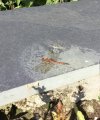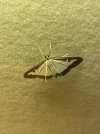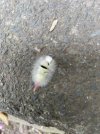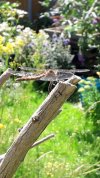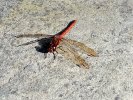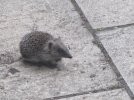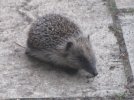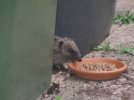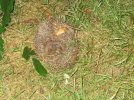Yorkshire Dave
Western Thunderer
Bearing in mind that evolution dictates that everything has a specific purpose, I cannot for the life of me work out why these caterpillars have such ornate - and quite beautiful markings along their flanks...
As with most insects (and other species) it will be evolution, as you've stated, primarly to camouflage themselves from predators. Unlike humans, insects generally have limited eyesight and colour vision, and also see in different light wavelengths/spectra - even those beyond ours (UV/IR). In effect they have inbuilt colour filters. What appears to be vivid green to us may appear to other species as another other colour to blend in with the background and/or acentuate the markings as a warning. It will be the colour and shape contrast in the markings they see within their visible light wavelength/spectra to recognise each other.
The closest analagy I can think of is applying colour filters to a camera to enhance colours and contrasts. e.g. orange filter with B&W film to enhance the cloud/sky contrast.


